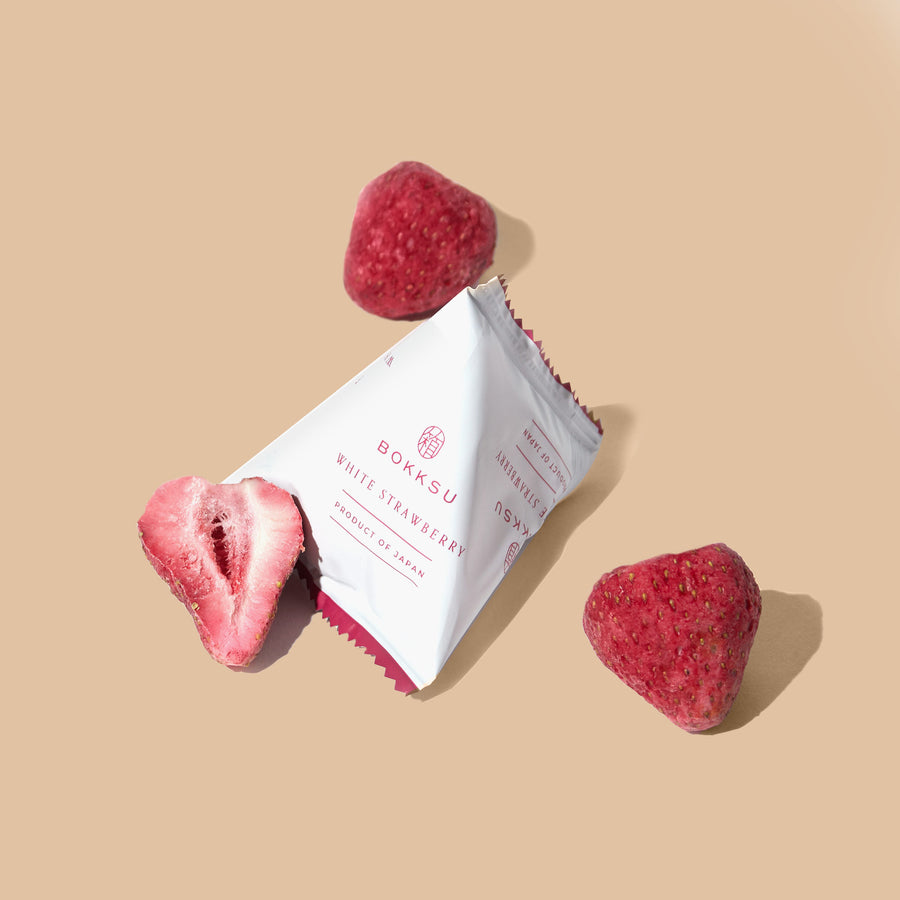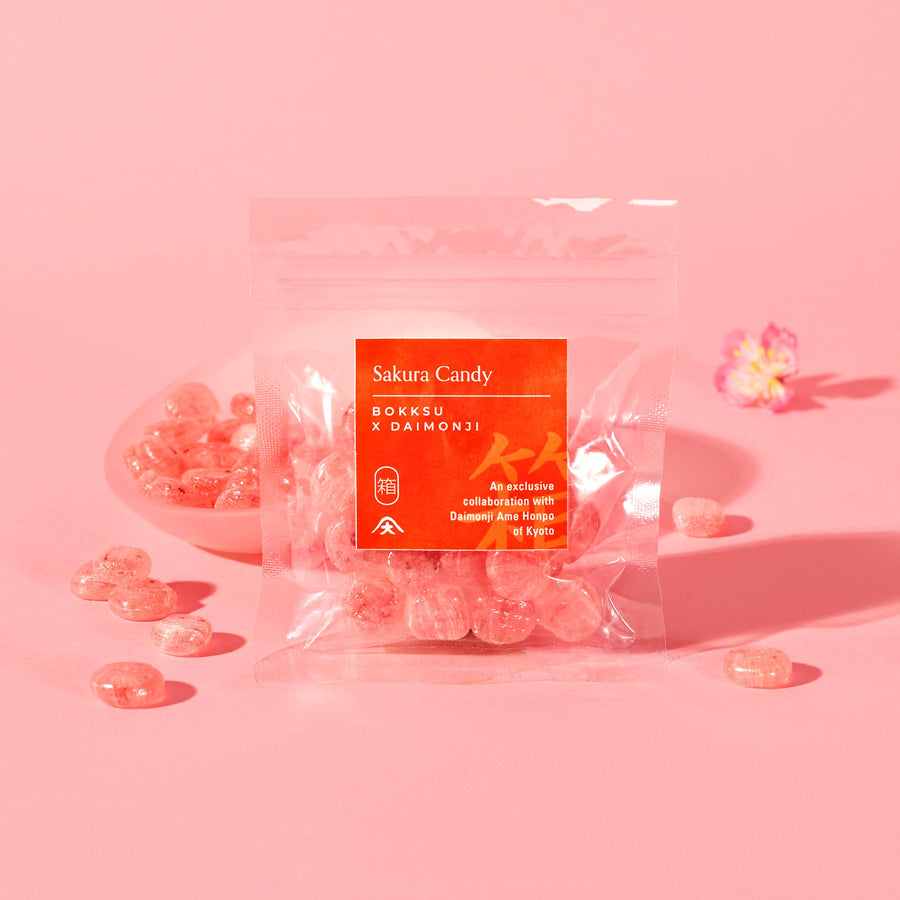Black Sesame 101: A Guide To This Nutty Flavor
If you're familiar with white sesame seeds, you'll want to immediately start eating black sesame seeds and black sesame-flavored foods. These tiny seeds pack a punch of flavor while adding a cool black color to dishes. Unless you're making ice cream, then you can expect a gray color!
While black sesame seeds have been used in Asian countries like China, Japan, and Korea for many years, they've more recently become a widely known flavoring product elsewhere.
Here’s your guide to all things related to black sesame.
What Is Black Sesame?

Black sesame is a paste created from black sesame seeds. Like the seeds, it's a dark black color. This paste is referred to as neri goma in Japanese. It can be more savory or sweet, depending on where the sesame paste is from. But compared to white sesame seeds, the black variant has a mild nutty flavor. For example, in Japanese cooking, this paste is usually created with an added sweetener to be used in pastries and other sweet goods.
This delicious paste can also be found in various recipes like black sesame ice cream, rice cakes, oatmeal, milk, smoothies, sauces, and more. It’s a staple in Asian cuisine, with many restaurants offering a drink or dessert made with this yummy paste.
Black sesame seeds and white sesame seeds have a few differences, including flavor and color. Both are sold hulled and unhulled. This creates two white and black sesame seed varieties. You can also extract oil from the seeds to make sesame oil, which is a common component in Asian cuisine. You can also extract oil from the seeds to make sesame oil, which is a common component in Asian cuisine.
Where Did It Come From?
While the sesame plant is native to Indonesia, there are records showing the usage of black sesame seeds in China 5,000 years ago. Initially, they were used for cooking and as a coloring agent for block ink. These black sesame seeds were transported along the Silk Road to Africa and Europe, where they became popular quickly. From there, they spread to the U.S. and around the world.
How Is Black Sesame Prepared?
Often, black sesame is turned into a paste to flavor various foods. This process is similar to creating peanut butter or any other nut butter. The sesame seeds are toasted and ground with sesame oil or honey until they become a paste. Once in paste form, you can use it for baked goods, sauces, etc.
How Is It Consumed (Traditionally Vs. Modern)?
It’s also common to use black sesame in powder or seed form for savory and sweet dishes. If you’re familiar with Japanese cuisine, you’ll likely have consumed black sesame seeds in furikake, a spice mix. The powder version can be used for the outside coating of tasty mochi.
You can use black sesame powder to marinate meat, add flavor to smoked fish, and create sweet baked snacks with palm sugar. The uses are endless!
What Does It Taste Like, And Why Do People Like It?
Black sesame paste and black sesame seeds have a stronger flavor than white seeds. It still offers a nutty taste, though it's much bolder. Black sesame also has a slightly bitter flavor.
People like using black sesame in recipes because of its unique appearance. Besides appearance, it's a delicious way to add an earthy, rich nutty flavor to recipes. There are also health benefits to eating black sesame seeds as they're rich in nutrients like Vitamin E and are a great source of plant protein.
How To Use Black Sesame Products At Home
These delicious products offer an easy way to incorporate black sesame into your life! Of course, it's a must that we start with sesame paste. Try using black sesame paste for a filling in homemade sweet mochi.

It’s common to eat black sesame paste or sesame spread in Japan on a piece of bread. This simple snack is known as shokupan. Alternatively, you can try other forms of black sesame, including black sesame butter, which is ground more finely than paste. This sesame butter resembles nut butter or tahini and works excellently as a dip or salad dressing ingredient. It’s typically ground with a millstone to help produce its thick, creamy consistency.
What Does Black Sesame Pair Well With?

Since black sesame has a stronger taste than white sesame seeds, you'll want to pair it with foods that allow its flavor to shine. These foods include fish, salads, tofu dishes, ice cream, sweets, biscuits, cakes, and drinks.
Where To Buy Japanese Black Sesame Snacks
For those that want to avoid extra work in the kitchen, you can enjoy Sooki Black Sesame Okoshi (~39 Packs) at home. These sweet treats are crunchy and perfectly complement a hot cup of matcha tea.

Black sesame powder can also be used in beverages like black sesame latte. This delicious latte mixes offer a yummy nutty flavor that you can mix with milk for a coffee alternative. Feel free to get creative with this powder and use it as a topping for ice cream.

There are plenty of Japanese snacks that involve black sesame flavoring, like Iwata Corporation Black Sesame Taiko: Kumamon Design (10 Pieces), a crispy sesame drum made with roasted almonds and mizuame, a Japanese sweetener.

You can find more Japanese candy and Japanese sweets flavored with black sesame in our Bokksu Japanese snack boutique! Create your own Japanese snack box or Japanese candy box filled with your favorites. Or, try new sweet and savory snacks in a Japanese snack subscription box.
Featured Blog Products
Author Bio







 Bokksu Snack Box
Bokksu Snack Box

























